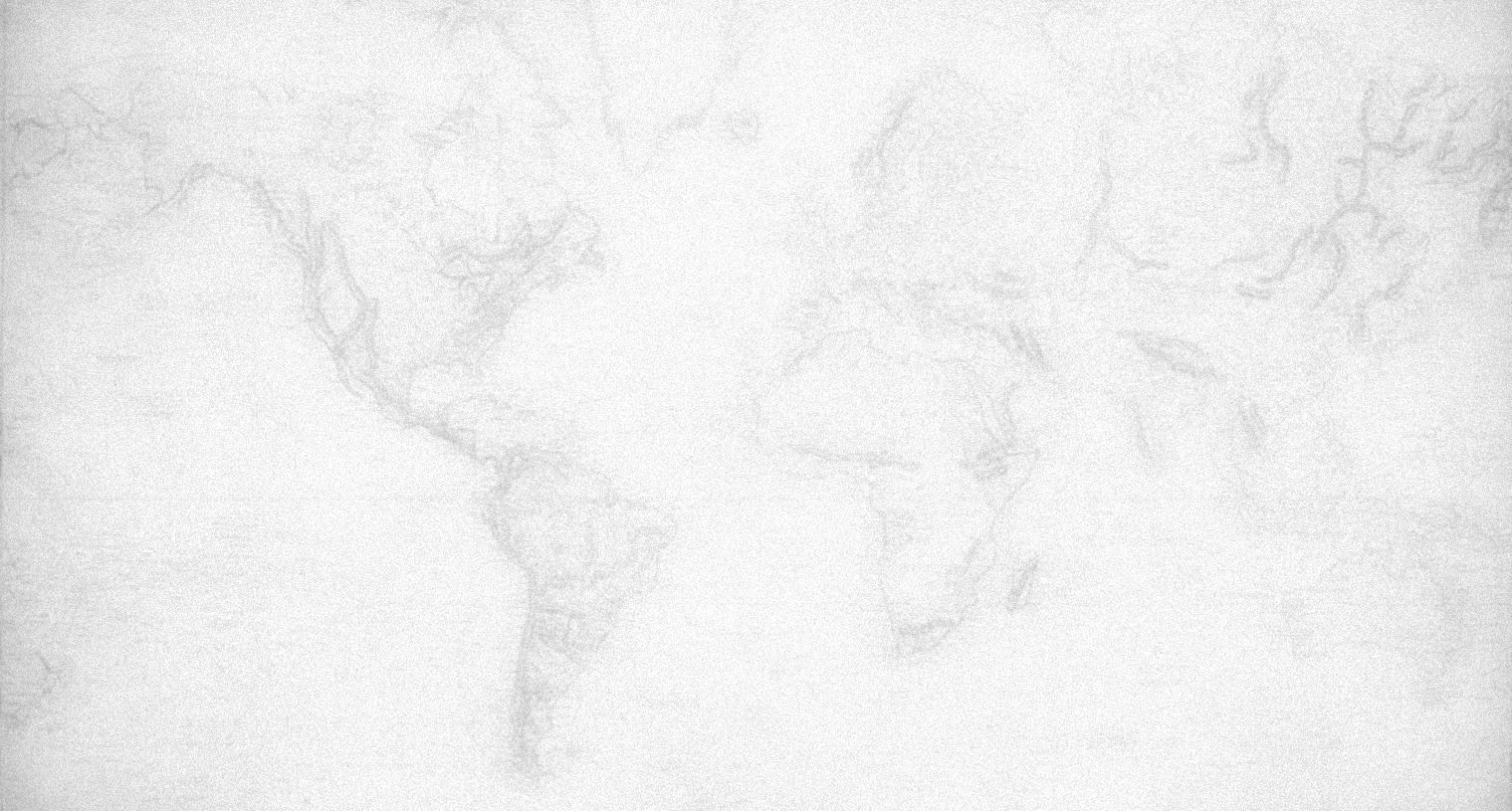
Early Life
Introduced to travel early by his father, a senior Indian Railways officer, Dr. Tilak Bera explored much of India by the time he finished school. This sparked a lifelong passion for discovering the country’s hidden mysteries.
While studying medicine, he pursued wildlife photography and trekking, developing a deep love for nature. His service as a doctor in the Army and Navy took him to remote parts of India, where he encountered archaeological wonders, ancient tribes, and geological anomalies.
These experiences led him to question mainstream historical narratives and inspired his journey into India’s undocumented past. Driven by curiosity and a desire to uncover forgotten history, Dr. Bera continues to explore the untold stories of ancient India.
Dr. Tilak Ranjan Bera earned his MBBS degree from Kolkata Medical College, University of Calcutta in 1982, followed by a Master of Surgery (MS) in Ophthalmology from Mumbai University in 1991.
He was commissioned into the Indian Army Medical Corps in 1984 and later seconded to the Indian Naval Medical Service as an Ophthalmologist in 1992.
Dr. Bera served with distinction across various military postings and retired from the Indian Armed Forces in April 2007.

Career
The Quest
Dr. Tilak Bera embarked on a mission to decode ancient India's pre-recorded past using tools from anthropology, genetics, and geology.
He believes that understanding early human migration requires studying both "within India" and "out-of-India" movements on a macro level, especially in the context of glacial periods and coastal shifts.
During his posting in the Andaman and Nicobar Islands, he encountered distinct tribal groups with unique lifestyles, prompting deep research into their origins. He identified gaps in conventional history and began documenting anomalies that challenged accepted narratives. His goal became to reconstruct the ancient sequence of events through scientific and geological evidence.
Following the devastating tsunami in the Nicobars, Dr. Bera meticulously documented the region’s transformation—both physical and cultural—earning widespread recognition for his work. His books on the Andamans became valued historical references.
Driven by a desire to understand early human history, Dr. Bera shifted from surgery to writing, dedicating himself to Indology. His research traces early migrations through trans-Himalayan routes, suggesting India as a central hub in the spread of modern humans. He continues to explore the genetic, linguistic, and cultural threads connecting ancient India to global civilizations.
Dr. Tilak Bera realized that India holds a unique place in human history, shaped by distinct geo-physical and glacial events that led to genetic fusion among ancient fraternities. His mission became to scientifically reconstruct India’s pre-recorded past by focusing on the following key points:
Anatomically modern humans from Africa permanently settled in India around 65,000 years ago, earlier than in any other region.
India is one of the few regions with continuous evidence of their existence, unlike others where they may have gone extinct during glacial maxima.
On the Bengal coast, Indian and Southeast Asian gene pools merged, creating new genetic identities during the last glacial period.
Ancient Indian fraternities evolved culturally, developing language, knowledge systems, and various skills.
As coastlines submerged during interglacial periods, Indian-origin groups migrated to distant lands like Egypt and Europe.
These migrants interacted with other ancient civilizations, with the trans-Himalayan routes (Uttarapath) playing a critical role.
Dr. Bera spent over three decades exploring every corner of the subcontinent, including the challenging Northeast. His travels, photos, and research are documented in over a dozen books, and his discoveries in Nepal, Bhutan, Sri Lanka, and Bangladesh are set to feature in future publications.
Reflections
Dr. Bera has traced ethnic links between India and regions such as Egypt, the Red Sea, Greece, and Turkey. He is currently studying the Caspian and Black Sea areas to map the migration of Indian populations. He believes that genetic identities spread from India post-glacial period and aims to establish India as the origin of modern civilization.
Mission
Publications
Published Works
Over the last three decades, Dr. Tilak Bera has authored numerous books, including:
· India in Egypt
· Exploring Northeast: The Seven Pristine Pearls of India
· Ladakh: A Glimpse of the Roof of the World
· Andaman and Nicobar: The Mysterious Bay Islands of India (Pre and Post Tsunami)
· Goa: A Journey and Reminiscence
· Andamans: The Emerald Necklace of India
He has also written extensively in Bengali and Hindi.
Dr. Bera is continuing research on the post-glacial spread of genetic identities from India, documenting evidence across global regions. He is studying migration patterns of Indian fraternities and is authoring several books on the topic. With a rich archive of documents from his explorations, he aims to compile and publish them to support theories of both outward and return migrations of Indian-origin groups.